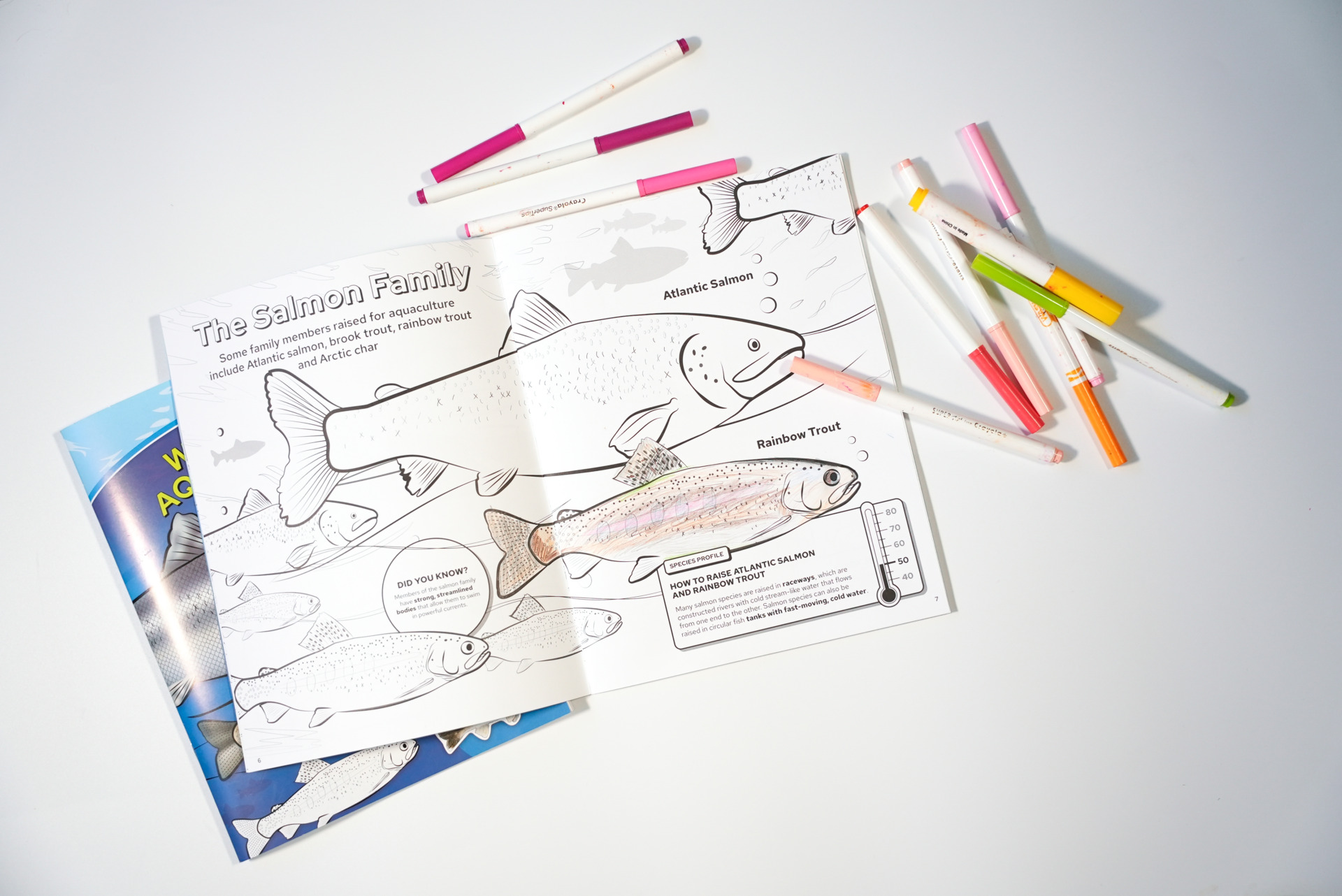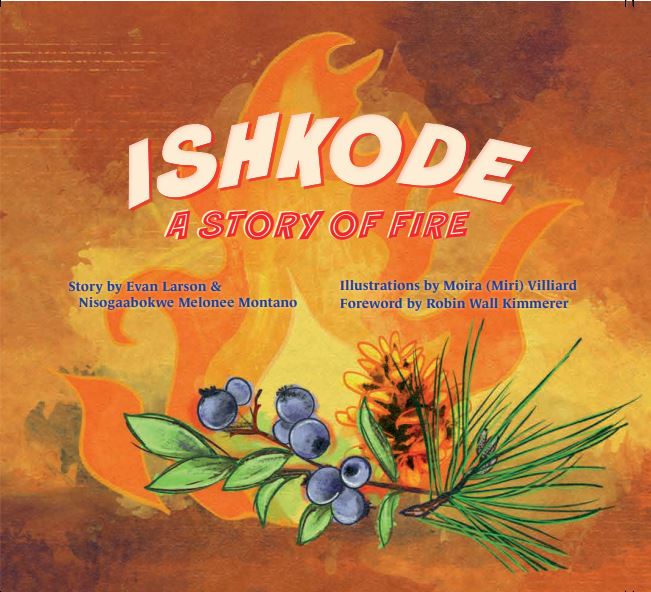“People of the Sturgeon: Wisconsin’s Love Affair With an Ancient Fish” is one of the most popular titles in the Wisconsin Historical Society Press’s collection and is now available as an audio book.
Wisconsin is home to the world’s largest self-sustaining population of lake sturgeon. Dedicated volunteers and state and university biologists forged a cooperative effort to pull this fish back from threatened status. That story is celebrated in this new book. The stewardship is also supported through book sales. A portion of proceeds is committed to the Wisconsin Department of Natural Resources (WDNR) to support Lake Winnebago System sturgeon management efforts.
Authors Kathleen Schmitt Kline, Ronald Bruch and Frederick Binkowski narrate, with additional contributions from four others. The audio production is far more than a straight read. It features music and sounds recorded on location that bring to life the experience of a Native-American pow-wow, the hunt for sturgeon from the frigid surface of Lake Winnebago, the craftsmanship of a decoy carver and much more.
The audio book expands on the print’s content to include updates on Menominee tribal and WDNR relations; new information on sturgeon aging; music by Madison, Wis., artists Graminy; and definitive spring 2011 recordings of the mysterious sounds of sturgeon “thunder,” later analyzed and proven to be infrasonic. Sturgeon thunder is the subject of an ongoing WDNR and University of Wisconsin-Madison Nelson Institute study about the sounds produced by the large fish.
Chris Bocast produced the book with the support of the University of Wisconsin Sea Grant Institute. Downloadable copies are available at Audible.com for $14.95 or a four-CD set can be purchased through the Press, for $34.95.
The book includes oral history interviews conducted by volunteers throughout northeastern Wisconsin. This work was part of the Winnebago Sturgeon History Project, coordinated by the WDNR with assistance from Sturgeon for Tomorrow and the University of Wisconsin Center for the Study of Upper Midwestern Cultures. These interviews, along with donated artifacts and photographs, are archived at the Oshkosh Public Museum.





